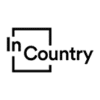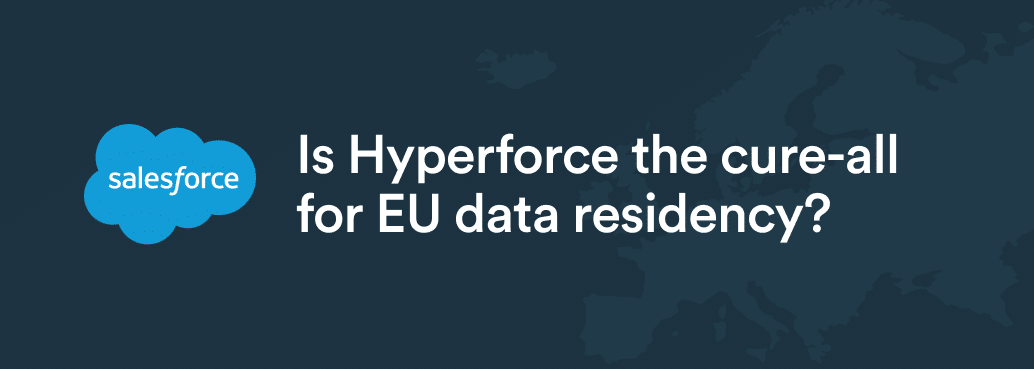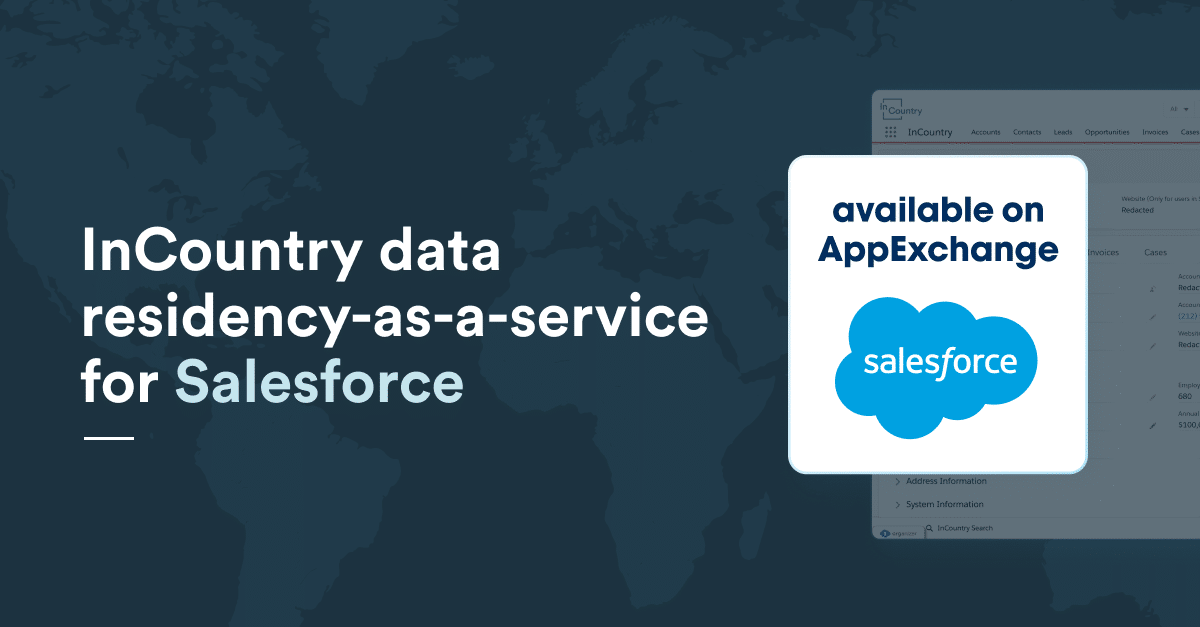As promised by company executives in late 2020, Salesforce Hyperforce is coming to the EU, with the company officially announcing the introduction of hyperforce for France and Germany earlier this week. The announcement means Salesforce is on pace to hit its intended mark of bringing its new and improved infrastructure to at least 15 regions by the end of 2022.
The Hyperforce project started out as a way to modernize Salesforce’s infrastructure, which, while still remarkably successful and useful, hadn’t undergone major transformations in the nearly two-decade run the company has had as one of the primary drivers of the CRM market. Implementing the project was another stroke of innovation and leadership by Salesforce, as they sought to address these problems before they became remotely consequential. By utilizing major public clouds like the Google Cloud, Microsoft Azure, and AWS, Salesforce can decrease implementation time for customers while offering them more options and flexibility for how they want their data stored.
Beyond staying on top of the innovation curve, Salesforce noted at the time of the announcement that Hyperforce solved four key needs:
- The need to scale
- The need to be secure
- The need to stay compliant
- The need for backwards compatibility
With the company investing significant resources into France and Germany and long-committed to the EU market, the two countries make sense as early Hyperforce targets. The other side of the equation here for why France and Germany are getting Hyperforce now is that it allows for easier GDPR compliance, a vital component of achieving Salesforce’s key need to stay compliant, seeing as the EU’s data regulations are still seen as the creme de la creme of global data protection.
Salesforce knows as well as anyone that the rapidly increasing number of and severity of national data protection regulations will impact the SaaS business as much as any development in the past decade. By setting up Hyperforce and introducing it into key markets quickly, the company can stay in control of its destiny. This benefits their customers as well, as Salesforce is essentially passing along compliance opportunities to them.
The challenge with Hyperforce, however, is that it still has flaws when scrutinized against the emerging importance of data governance. This is especially pertinent for international companies that need data localized in multiple countries, but want to maintain control over their data and easily be able to view that data. Having a single Salesforce instance distributed over multiple countries remains the easiest solution to satisfying these corporate requirements.
While Hyperforce is undeniably a step forward for Salesforce and will benefit many of its customers, the project still does not allow companies to manage data across multiple countries within a single instance, and thus cannot block access to data from people outside the country of origin, which happens to be one of the single most important components of most data protection laws. Hyperforce also still lacks a single-tenant option, and even with its rapid expansion, will only cover 15 regions by the end of 2022.
If companies want, or more importantly, need those features in a data residency solution, then InCountry becomes the clear solution. All those faults within Hyperforce that do not seem likely to be adjusted in the near future do not exist within InCountry’s data residency-as-a-service platform. Better yet, the InCountry platform supports compliant data handling in over 90 countries worldwide, with single-tenant options, restrictions for people trying to view data outside the country of origin, and the ability to manage data across a swath of countries—a must have for international companies. You can accomplish all of this on your current Salesforce instance, meaning your company operations remain unchanged, just as they would using Hyperforce.
While Hyperforce coming to France and Germany is a big deal and will satisfy the needs of many Salesforce users in the EU, it isn’t a one-size-fits-all fix. If you need flexibility in data governance, then InCountry is still your best bet, which Salesforce recognizes as our area of expertise, since the platform is available on Salesforce AppExchange. Simply put, country-level compliance is essential to running operations smoothly in multiple countries, and although Hyperforce’s continual expansion increases the individual number of countries where companies can store data and achieve compliance, it does not solve the underlying global problem of heightened and varied data protection.



